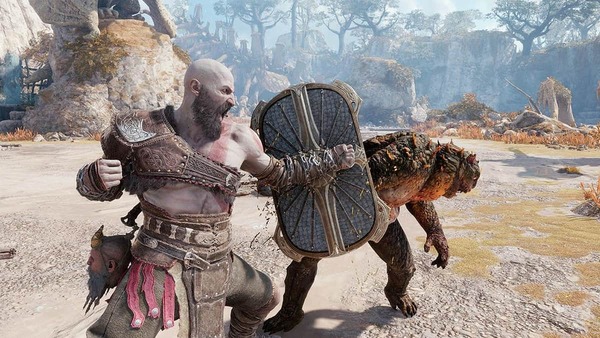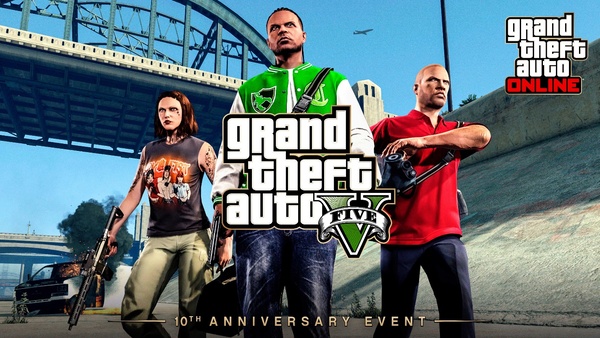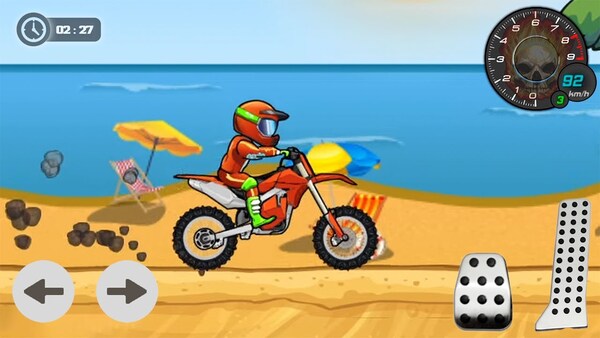1. Conception and Early Vision (2014–2018)
Rare began Sea of Thieves with the goal of capturing the spirit of pirate legends through player-driven narratives. Rather than scripted missions, the focus was on sandboxes and social interaction: shared voyage booths, open seas, and vessel coordination. Internal playtests revealed emergent cooperation—pirates forming alliances or staging mutinies—not because they were told to, but because the systems enabled it.
At release in 2018, the world was visually stunning but lacked structured narrative. Critics praised its atmosphere and promise but lamented shallow progression. Rare responded by committing to seasonal content, narrative Tall Tales, and community interaction, beginning the transformation from sandbox experiment to story-rich universe.
2. Tall Tales and Narrative Emergence (2018–2020)
Tall Tales began in late 2018, bringing cinematic, puzzle-oriented quests with voice acting and lore. Each Tale (like The Shrouded Ghost or A Pirate’s Life) focused on characters and mythological events. They enabled Rare to layer narrative onto player freedom, rewarding exploration and coordination.
Reputation systems, gold, and cosmetics gave players tangible goals. Tall Tales turned random voyages into lore-rich quests—learning about Captain Flameheart’s past, encountering sea monsters, and revealing world history. The game successfully expanded without losing sandbox identity.
3. Major Expansions and Seasonal Chapters (2020–2022)
Rare launched large content updates: Shores of Gold, Heart of Fire, and Ashen Winds, each adding factions, customizing options, and global events. A Pirate’s Life introduced crossovers with Disney’s Pirates of the Caribbean, including boss fights and story arcs.
Seasons evolved into self-contained Chapters released every few months. Each Chapter introduced narrative arcs, new mechanics, and rotating events, reinforcing world consistency. Social-focused features like Crew coloring and shared commendations strengthened team identity.
4. The 2025 Edition: Technical Overhaul
With the 2025 Edition, Rare deployed major updates: native 4K/60fps, ray-traced reflections, faster loading, and server stability improvements. Ship physics and water interaction were refined—streams of light bent accurately across sails and waves.
Quality-of-life upgrades like auto-sailing, improved cannon aiming, and UI enhancements (loot tracking, voyage markers) reduced tedium without removing challenge. These technical changes allow both newcomers and veterans to appreciate visuals and fluidity.
5. Narrative Integration and World Events
2025 brought integrated Tall Tale arcs with some unlocked only through prior Tales, encouraging multi-voyage engagement. E.g., decisions in Curse of the Leviathan influenced follow-up interactions with ghost NPCs; choosing between alliances altered flags or titles.
Another highlight: The Leviathan Campaign, a multi-stage raid against a colossal sea monster. This mission required coordinated crews and rewarded them with unique loot and lore fragments. Outcomes in raids ripple across shared servers—defeated bosses meant calmer seas, at least temporarily.
6. Gameplay Mechanics and Ship Combat
Part of the 2025 Edition’s success is refined ship combat: wind-influenced cannon fire, hull plating choices (speed vs durability), and naval chess-like maneuvers. Crew roles—helmsman, lookout, hull patcher—are more distinct and vital.
On-land missions gained depth: Grog Forts, riddled treasure hunts, respawning skeleton bosses. Environmental hazards like volcanic debris, storms, and whirlpools make known voyages dynamic. Tools like boarding grappling hooks and harpoons streamline PvP engagement while maintaining balance.
7. Community, Custom Voyages, and Live Events
Community engagement remains central. Weekly curated voyages built by players are spotlighted in-game, offering challenges or collaborative puzzles. Events like Pirate Emporium sales, Pirate Legend meetups, and dev livestreams sustain connection between fans and Rare.
Large-scale Alliance events bring multiple crews together for raid objectives or treasure hunts, fostering emergent alliances—or betrayals. Piratefest gatherings encourage roleplay and cross-crew banter—enforcing Sea of Thieves’ identity as a social platform as well as game.
8. Customization and In-Game Economy
Cosmetics have blossomed. Legendary ship liveries, voice lines, figureheads, exclusive outfits, and cursed items—many earned through progression or seasonal rewards. Ancient Coins (premium currency) buy limited cosmetics; gold and renown earn faction-specific items.
Rare maintains a reasonable balance—cosmetics don’t impact power but carry prestige. Grind thresholds remain acceptable thanks to Chapter-driven content and expressive controller/keyboard emotes. Community surveys show player satisfaction with economy transparency.
9. Cultural Impact and Streaming Presence
By 2025, Sea of Thieves has a massive media footprint. YouTube and Twitch host voyage chronicles, comedy skits, cinematic machinima, and lore deep-dives. Content creators reenact legendary in-game betrayals or pirate shanty nights.
Rare’s inclusion of community clips in livestreams and commemorative in-game plaques for popular YouTubers highlights mutual appreciation. Sea of Thieves is frequently taught in game design curricula as a case study in emergent narrative and shared-world design.
Conclusion
Sea of Thieves 2025 Edition stands as an exemplar of ambitious, player-driven open-world design. Seven years of updates have shaped it into a robust, social, and visually captivating game. Whether you're a veteran seeking richer challenges or a newcomer drawn to pirate life, this version delivers. It’s more than a game—it's a shared-world experience that evolves in exciting ways. Rare has proved that live-service games, when crafted with vision and community trust, can mature into enduring legacies.

































